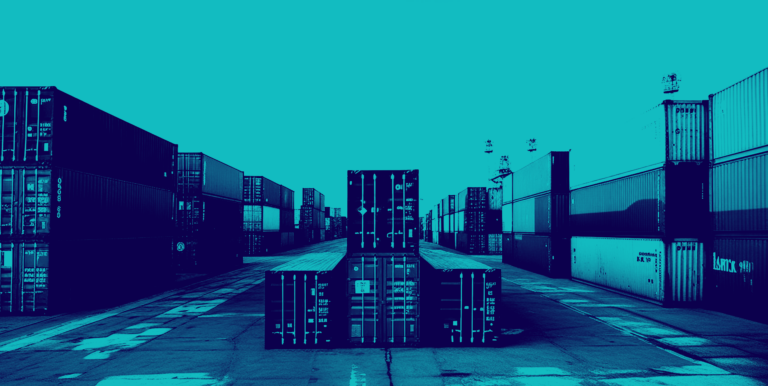By default, Kubernetes security lack controls, and any pod can talk freely to any other pod…
Kubernetes has taken the tech industry by storm, earning justified accolades for its power in orchestrating clusters of virtual machines and scheduling containers to run on these machines.
Its ability to automatically manage service discovery, integrate load balancing, track resource allocation, and scale based on CPU utilization has made Kubernetes an invaluable tool in running a service-oriented application infrastructure. However, despite its game-changing capabilities, Kubernetes security harbors substantial pitfalls that organizations need to consider if they want to avoid a cybersecurity black spot.
The Kubernetes security shortfall
In its default state, Kubernetes is akin to a house without locks – open to anyone and everyone.
This openness originates from the very structure of Kubernetes, where containers are grouped into pods, which form the basic operational units of Kubernetes. In this structure, any pod can communicate freely with any other pod. This lack of inherent security controls is the Achilles’ heel of Kubernetes.
Commercial solutions have been developed to address this security shortfall, but their scope is limited to Kubernetes. They are not applicable to the vast majority of IT infrastructure that operates outside the Kubernetes realm. Therefore, these solutions offer a partial remedy, exposing a significant portion of the IT infrastructure to potential threats.
Robust Kubernetes security requires a microsegmentation solution specifically tailored for Kubernetes container environments. Any solution must provide extensive, detailed protection for virtual machines and bare metal servers, and through the use of telemetry from Kubernetes daemonsets, automatically identify every application and map all inter-application relationships.
The overburdened IT teams and the new management platform
As Kubernetes continues to grow, it is critical to acknowledge that the scale of Kubernetes infrastructure and applications is still overshadowed by existing “legacy” infrastructure. With this reality, Security Operations Center (SOC) teams find themselves in a quandary – they have to protect both the Kubernetes environments and the substantial legacy infrastructure.
To do so, these teams have resorted to deploying an additional management platform exclusively for Kubernetes, which has inadvertently added to the operational complexity and overhead. This new demand has overtaxed IT teams, who were already stretched thin managing existing infrastructure, leading to increased risks of oversights and errors in maintaining cybersecurity.
The demand for granular application-layer security in commercial deployments
With Kubernetes breaking out of its initial sandbox phase and moving into commercial deployments in critical sectors like financial services and e-commerce, the demand for granular application-layer security and visibility has become a non-negotiable requirement.
Unfortunately, most of the available open-source and commercial Kubernetes security solutions are predominantly focused on the network layer. While this is a crucial aspect of security, these solutions offer limited or even no visibility into the application layer behavior, which is equally vital, especially for business-critical operations. This narrow focus leaves businesses vulnerable to threats that specifically target the application layer, jeopardizing the safety of their data and processes.
What sets our methodology for Kubernetes security apart is our proficiency in synchronizing process, identity, and network activity with a reliable behavioral profile for each application operating on containers. Once this profile is established, users can immediately identify any discrepancies from the profile and implement microsegmentation policies to halt undesired lateral movement. This gives both applications and security teams a consolidated, holistic perspective of application behavior and threat incidents across all environments.
A holistic approach to Kubernetes security
Addressing the pitfalls of Kubernetes cybersecurity requires a comprehensive, holistic approach. Organizations must aim for solutions that provide robust security controls not just for Kubernetes, but also for the other components of their IT infrastructure. This approach should extend beyond the network layer to provide granular visibility and security at the application layer.
In parallel, it’s crucial to streamline management platforms to avoid overloading IT teams. Organizations can reduce operational complexity and overhead by integrating Kubernetes security management into existing platforms.
As Kubernetes continues to expand into commercial deployments, the demand for granular application-layer security and visibility will only grow. Organizations need to consider this as they evaluate and implement Kubernetes security solutions.
While Kubernetes offers significant benefits, navigating its cybersecurity pitfalls effectively is essential. By doing so, organizations can harness the power of Kubernetes while maintaining a robust and holistic security posture.





